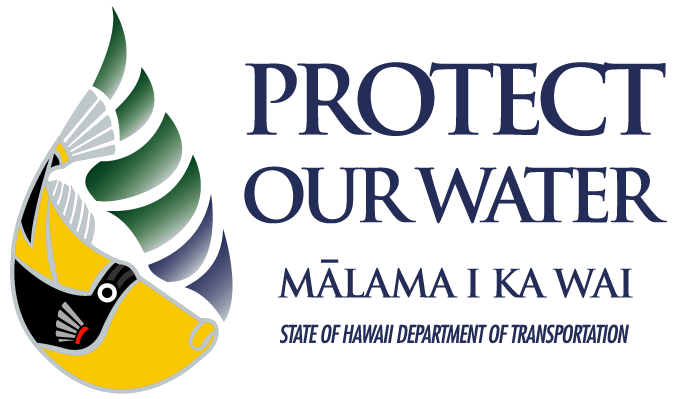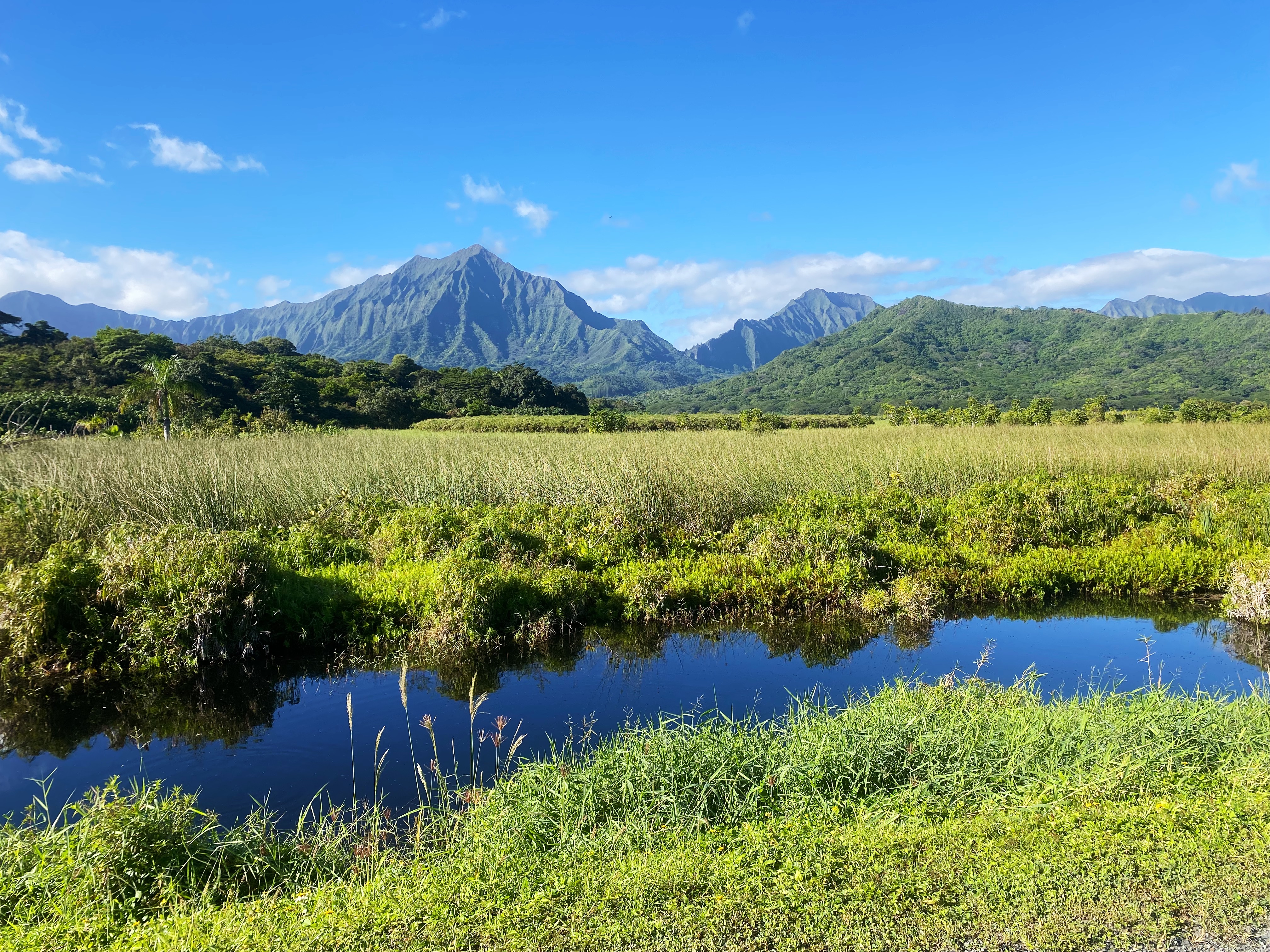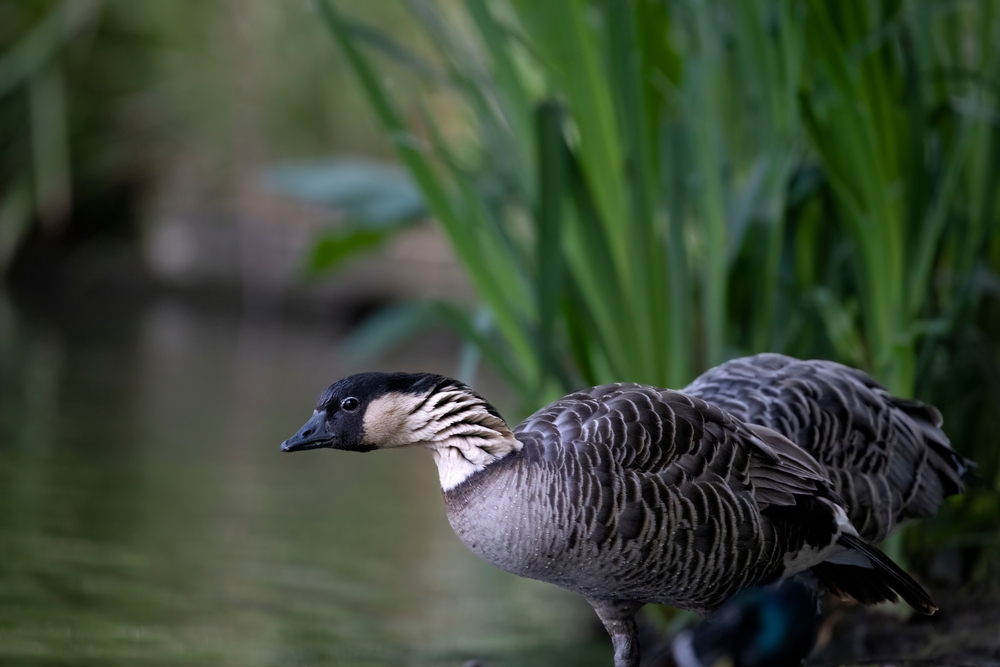Wetlands impact our world and our lives in many ways. World Wetlands Day is on February 2nd, and is a time to reflect on how wetlands impact our water, food, biodiversity, climate, culture, and livelihoods. Wetlands are the transition zones between upland and deep-water habitats. In these areas, biological communities blend, which results in increased diversity.
While wetlands make up less than 3% of the state, they support the community by providing flood protection, sediment filtration, groundwater aquifers, wildlife habitats, and recreation and education opportunities.
Hawaii can be divided into many ahupuaʻa, traditional Hawaiian land divisions that start at the mountaintop and go to the sea following stream banks—much like a watershed. Within the ahupuaʻa, you can find a variety of wetlands, from bogs in the mountains to estuaries near the sea.
It is important for us to protect wetlands as they can store excess water during heavy rainfall, reducing the impact of floods. They can also store, filter, and absorb excess nutrients and pollutants in storm water runoff that would otherwise end up in our oceans. Wetlands absorb and release water slowly during droughts, which helps recharge our groundwater aquifers.
Protecting wetlands also supports the 51 rare plant species, 11 rare animal species, and six federally endangered waterbird species that use or depend upon them.
Help protect Hawaiiʻi’s wetland by taking baby steps each day to protect our water. Already taking these baby steps? Try taking big steps or even giant steps!
You can also help by raising awareness about the benefits of and need to protect our wetlands or participating in volunteer efforts to clean and restore these areas. To learn more about Hawaii wetlands, visit the DLNR Wetlands of Hawaiʻiwebsite.
Source: Hawaii Department of Land and Natural Resources, World Wetlands Day



